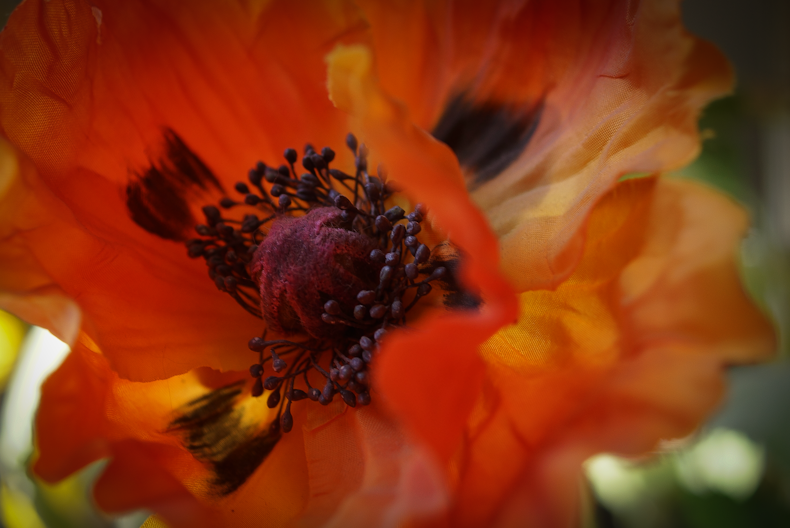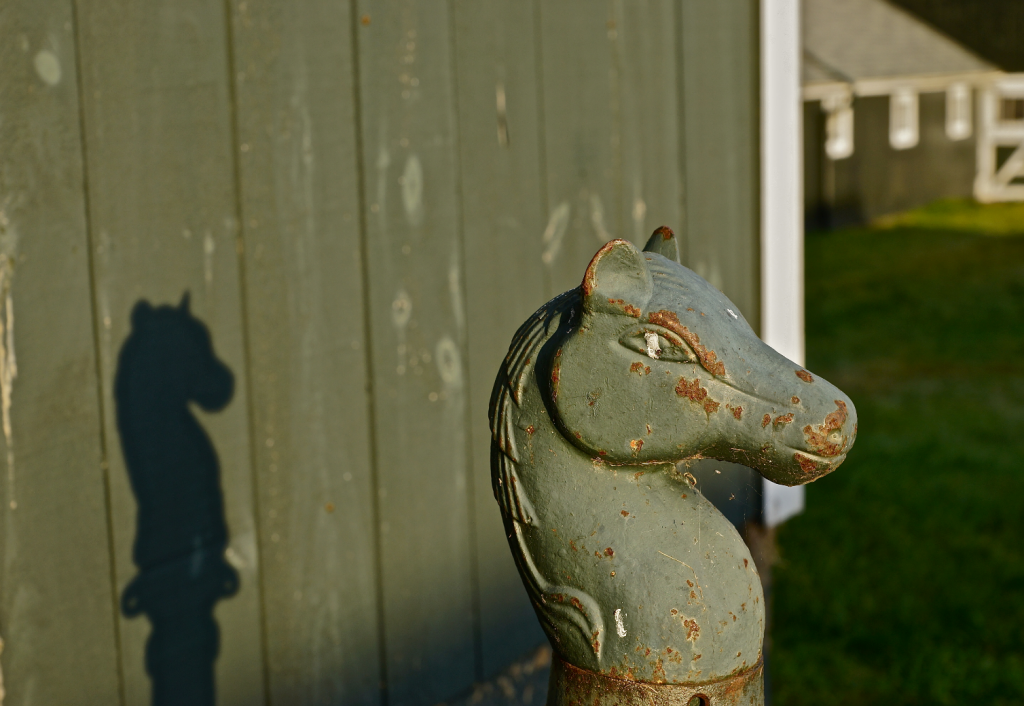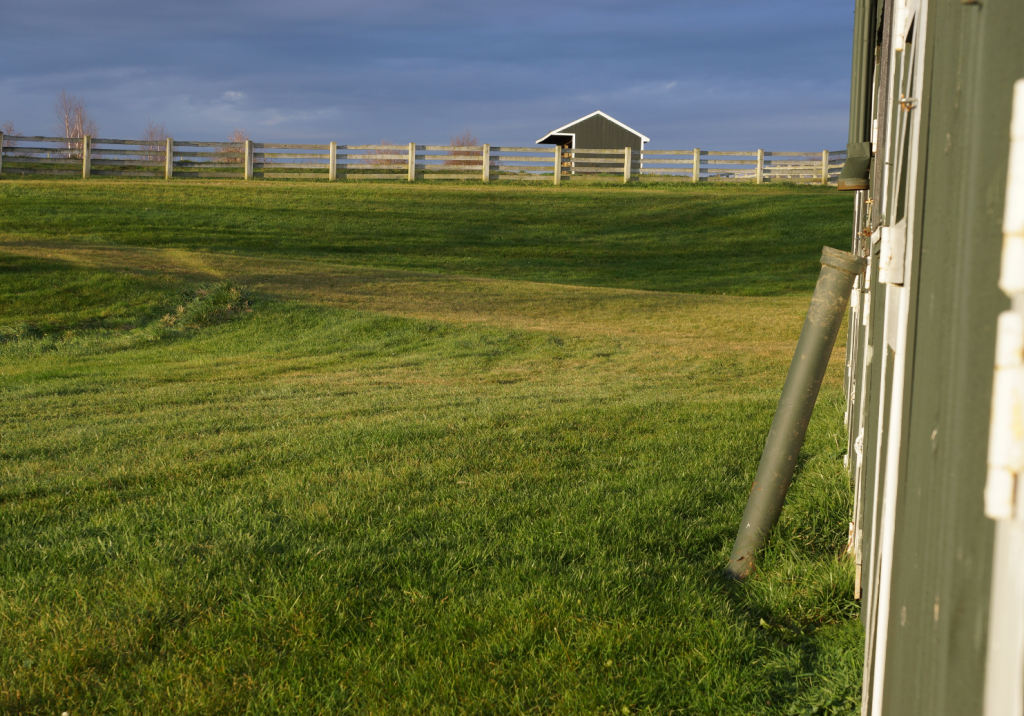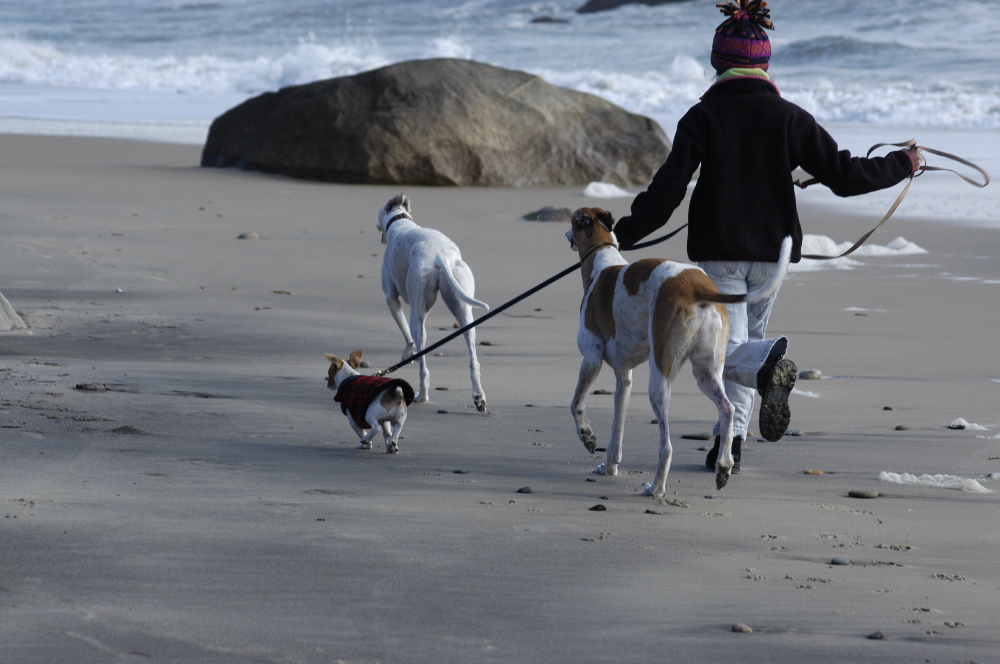Jane Sezak is a wonderful astrologer who lives in Kauai. For twenty years, I have received her readings on my birthday. She tells me about my progression, transits, and the themes that are up for the coming year.
Every year, she says something about letting yourself be led by how life is leading you. Abraham calls it allowing. And every day, that seems to be a lesson that I learn again.
Allowing is the opposite of resisting. The opposite of trying to control, figure out, work hard enough to make things happen. The opposite of fear.
Today my moment of allowing was small – I had to just accept feeling uninspired and tired. Tomorrow my daughters come home for the holiday. More allowing will be required.
How do you experience allowing?



